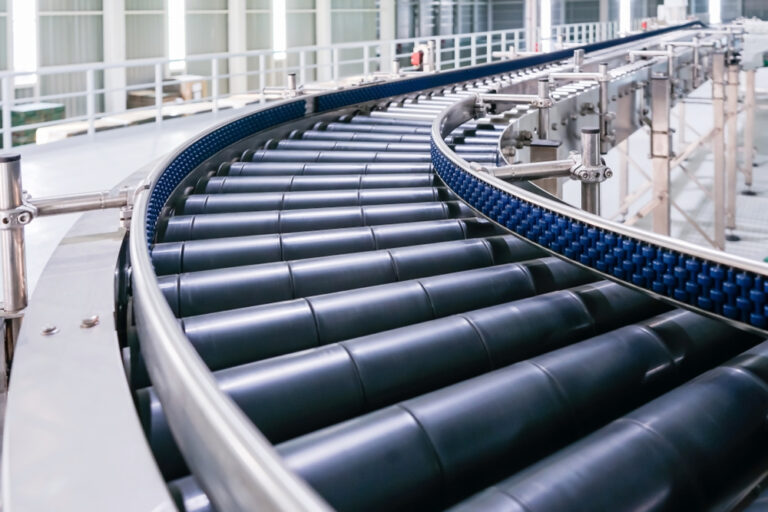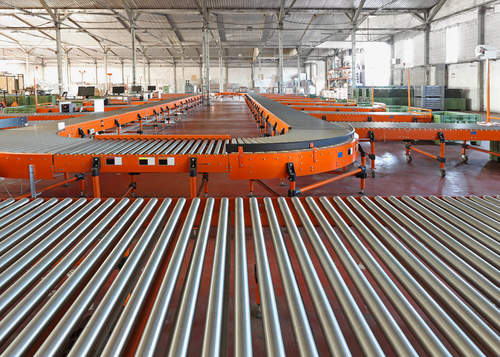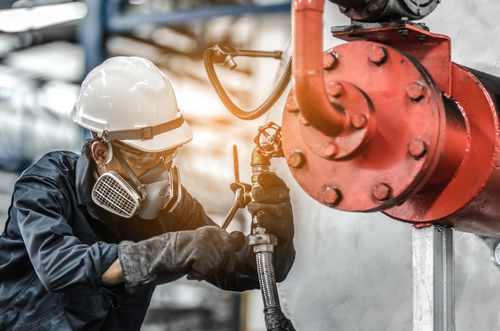When it comes to fall protection, ensuring that your safety harness is OSHA Compliant is more important than you might think.
Falls commonly cause serious work-related injuries and deaths. Ensuring OSHA Compliance is key to keeping your workplace a safe place to be. Additionally, if you don’t meet OSHA requirements, you can potentially see large fines. If you’ve got platforms, elevated work stations or holes in the floors and walls, you likely also have safety harnesses that need to meet safety requirements.
Is your safety harness OSHA Compliant? Keep reading to find out if your fall protection will pass or fail — and what you should keep in mind to help your team stay safe.
The Checklist: Safety Harness OSHA Compliance
Here’s your cheat sheet for finding out if your safety harness is OSHA compliant. It comes straight from the inspection sheet 3M uses to ensure harnesses meet safety regulations. If your harness passes these requirements, you’re likely to be OSHA compliant.
Before we get started, it’s important to note that a fall protection safety harness is different from something like a rock climbing harness. Fall protection harnesses include shoulder straps to keep workers safe if they’re falling headfirst.
With that in mind, let’s see how your safety harness measures up:
- Webbing. Bend part of the webbing into an upside down ‘U’ shape. Inspect for tears, cuts, fraying, abrasion, discoloration, burns, holes, mold, pulled or broken stitches, or other signs of wear and damage. Move all keepers, buckles, padding and D-rings to look at webbing hidden by components.
- Hardware, Buckles and Grommets. The safety harness’ hardware should be free of cracks, sharp edges, deformation, corrosion, or any evidence of defect. Be sure to check where chemicals or excessive heat could have worn on the harness and caused damage to the harness structure.
- Stitching. Areas that are sewn on the harness need to be secure and complete with no visible damage. Check for any missing stitches or any indication of load warning.
- Labels. Part of safety harness compliance is ensuring all labels are attached and legible. Don’t forget this small yet important step to meet regulations.
Additionally, almost all safety gear will have markings to note if the product is compliant. If you don’t see a mark on the tag saying it’s compliant, it’s probably not. Unsure if you’re in compliance? We can help.
Making Sure Your Equipment is Compliant
Not sure if your safety harness will meet requirements? We’re here to help! If you need a professional opinion, look no further than Mathews Mechanical. We can come in and inspect all kinds of fall protection equipment to make sure your business knows where you are and are not compliant.
An inspection consultation may lead to simple changes or further training for your team. We’re proud to offer official fall protection system classes to ensure your employees have the certification they need.
If you need another harness, we can also help you get your hands on the right choice for the job at hand. Our expert team is here to help no matter what your safety harness needs are.
In addition to installations, inspections, and compliance assessments, our safety expertise extends to our fall protection education programs and classes. We offer a variety of 3M fall protection and safety courses, including Authorized Persons Essential Fall Protection Course, Authorized Person Fall Protection Comprehensive Course, and Competent Person Fall Protection Course.
Want an expert opinion on the incredibly important status of your fall protection equipment? Get in touch with our experienced fall protection team and we will have you set up for success efficiently.






